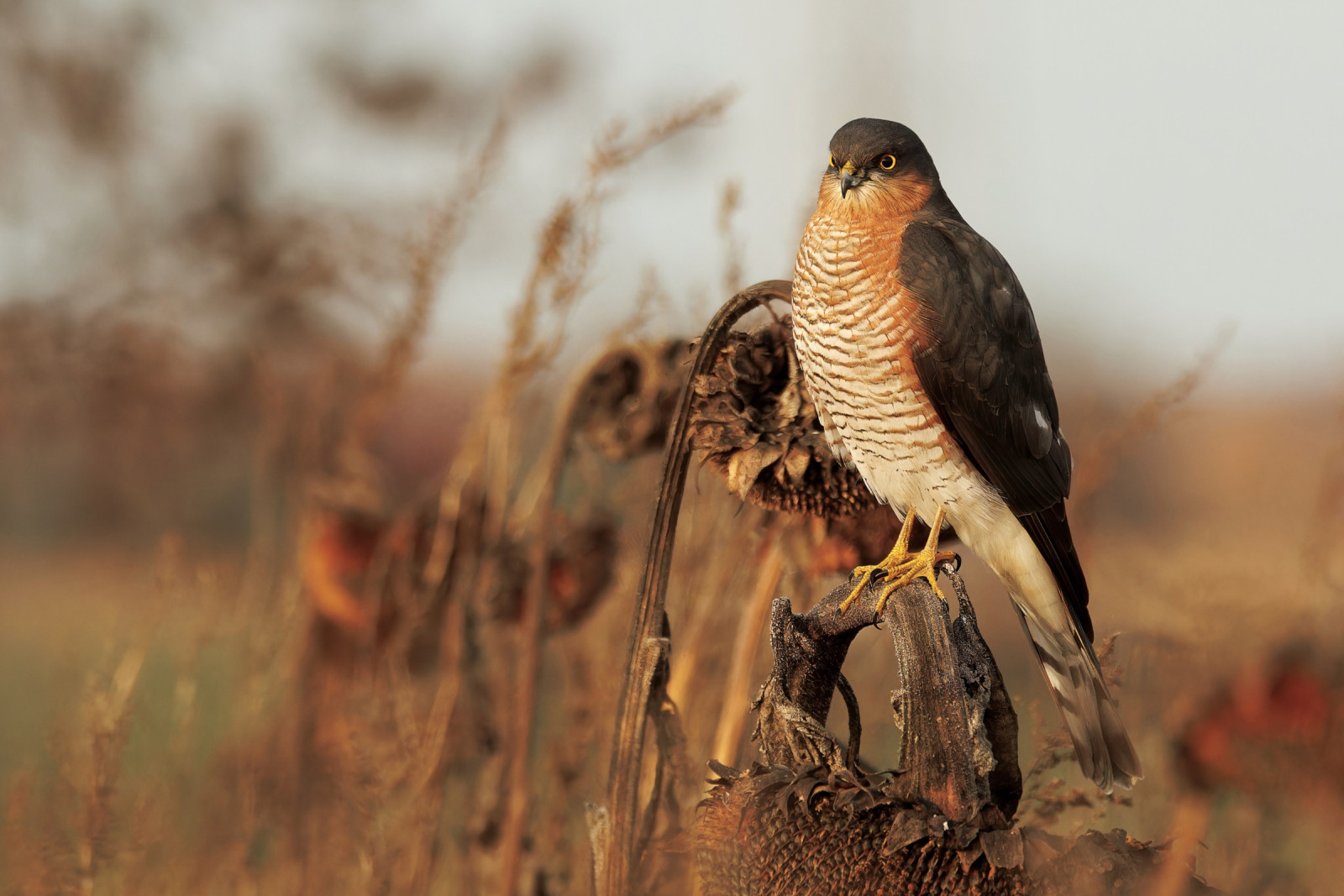Opis
Fire Beacon Hill is part of the East Devon Pebblebed Heath. Whilst the Pebblebed Heath once covered a vaste area now this site is a bit of an 'island', with the land around it having been turned to agriculture and forestry many years ago. It's nearest heathland 'neighbour' is Mutter's Moor (see seperate entry) further South. The main East Devon Pebblebed Heath is further West that includes Aylesbeare Common and Hawkerland Valley/Venn Ottery Common/Bystock Pools Nature Reserve and Squabmoor Reservoir/Colaton Raleigh Common/Woodbury Common and Bicton Common (see seperate entries).
Fire Beacon Hill gets its name from the Fire Beacon that warned Elizabethan London of the approach of the Spanish Armada. BE AWARE Grazing animals may be present on site, recently Vitual Fencing Technology has been tried at this site, with animals fitted with GPS collars to keep them on site without physical fences.
Depending on season some birds you can see are kląskawka, krogulec, drzemlik, myszołów, świergotek drzewny, świerszczak, mysikrólik and the sites speciality lelek. The area is reasonably well wooded with both deciduous and conifers, with more open heathland at it's centre, it has some of the best views of the English Channel and Lyme Bay to the South.
Szczegóły
Dostęp
The A3052 Exeter to Lyme Regis road runs West to East on the Northern edge of the town of Sidmouth, near the Sidmouth Waitrose Supermarket is a turning (unsigned) that runs North called Core Hill Road that takes you to a small (7 spaces) parking area, that leads you to Core Hill Woodland and eventually uphill to Fire Beacon Hill heathland. There is a further small road side verge (2 spaces) parking area on the West side of Fire Beacon Hill (see P on map) on Fire Beacon Lane.
Teren i siedlisko
Las , Rzadkie drzewa i krzewy , Łąka , Wrzosowisko , Rolnictwo/uprawyWarunki
Pagórkowaty , Otwarty krajobrazTrasa dookoła
TakCzy luneta będzie przydatna ?
TakUdany sezon obserwacyjny
Przez cały rokNajlepszy czas na wizytę
Lato , Wiosenne migracje , Wiosna , Jesień , Jesienne migracjeTrasa
Droga utwardzona , Droga nieutwardzona , Wąski szlak , Szeroka ścieżkaPoziom trudności szlaku pieszego
ForsownyDostępne
Pieszo , Rower , SamochódCzatownia/platforma obserwacyjna
NieDodatkowe informacje
Because of the elevation of this site there is a possibility of migrating raptors. A telescope is a must.

